Stockholm, Sweden
It is May 8, 2018 and we are at the port in Stockholm, Sweden. Stockholm was first settled in 8,000 BC but the ice age moved inhabitants south. It was resetteled about 1,000 AD. We toured Stockholm on a charter bus and learned a lot about the city and country. Of the memoriable stops, I thought the Vasa Museum was at the top of the list.
Vasa Museum
The Vasa Museum is a maritime museum on Djurgarden which displays the only almost fully intact 17th century ship that has ever been salvaged. The 64-gun warship Vasa, sank on her maiden voyage in 1628.





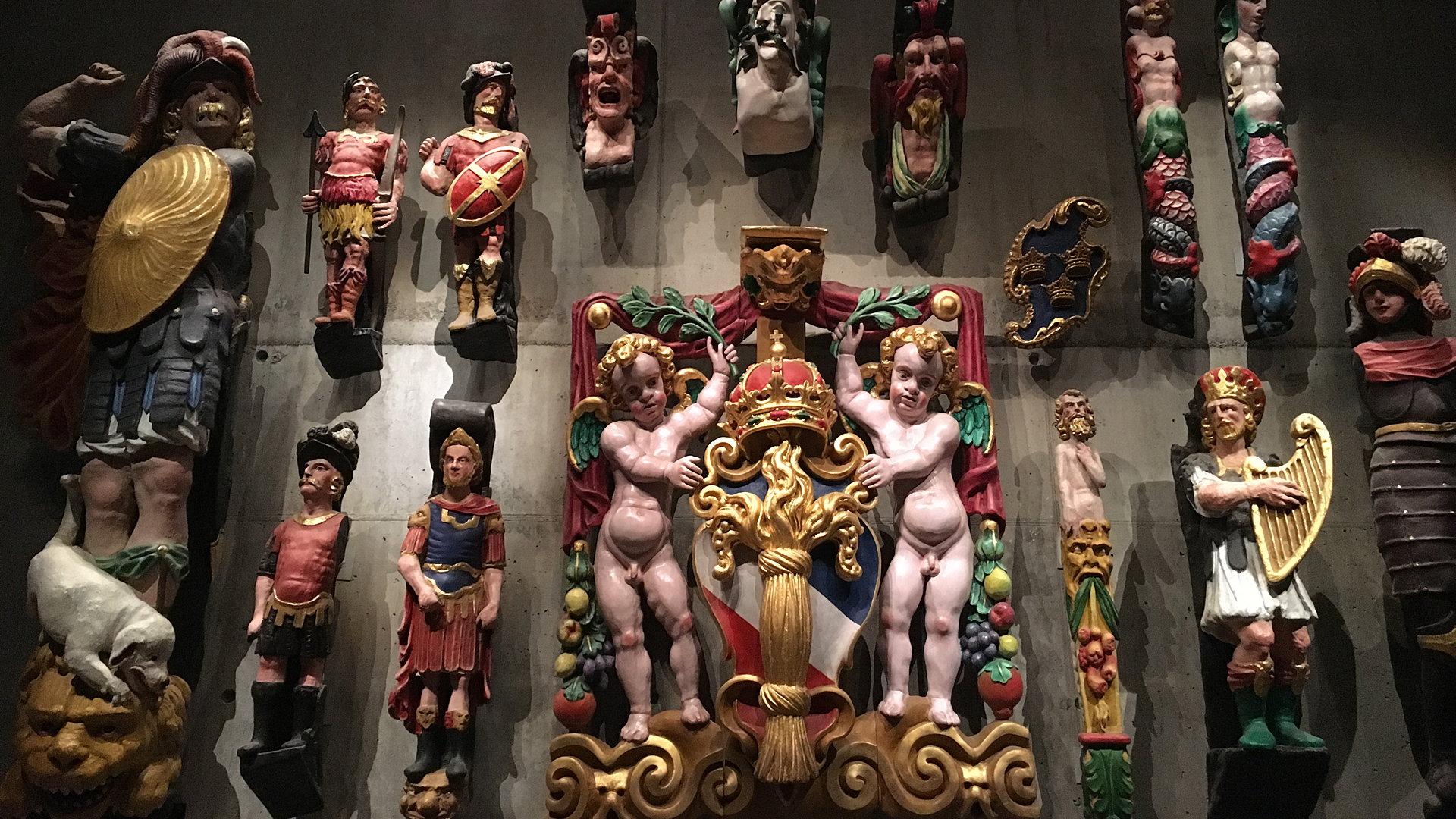

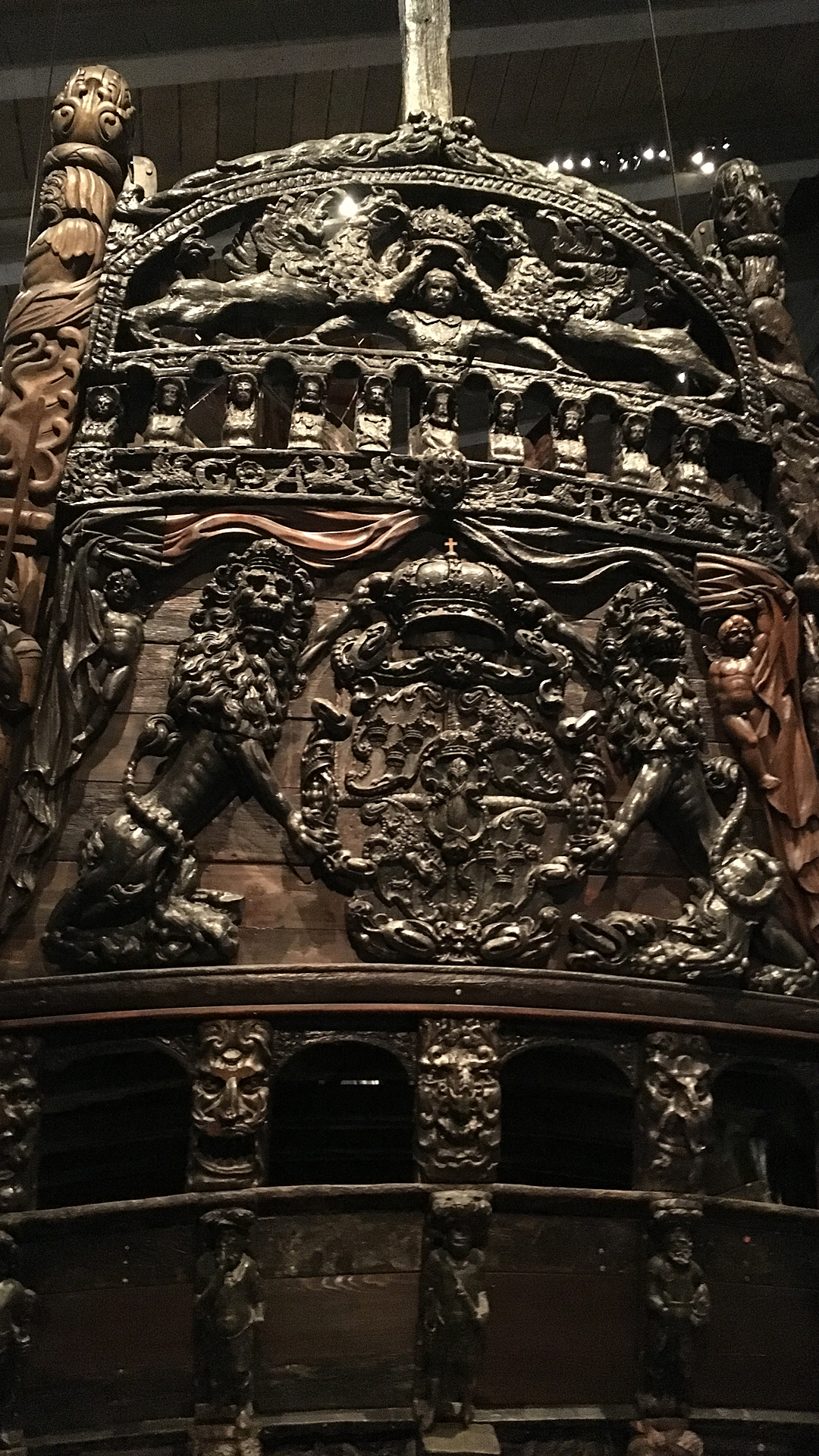


Djurgardsbron
Djurgardsbron is a bridge in central Stockholm, Sweden. Designed by Carl Fraenell and built for the Stockholm World's Fair 1897.
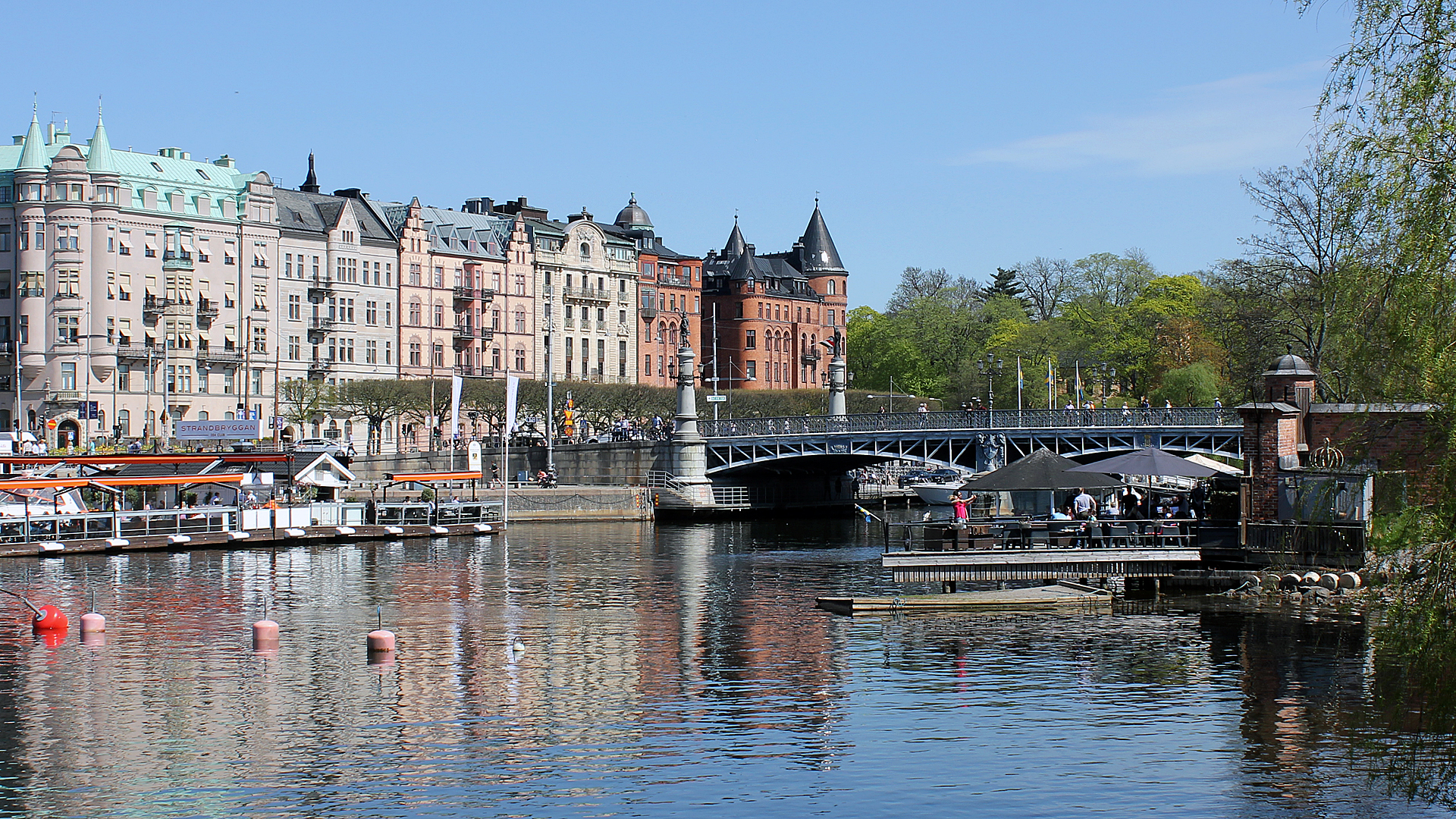


Strandvagen
Strandvagen as seen from the island of Djurgarden.
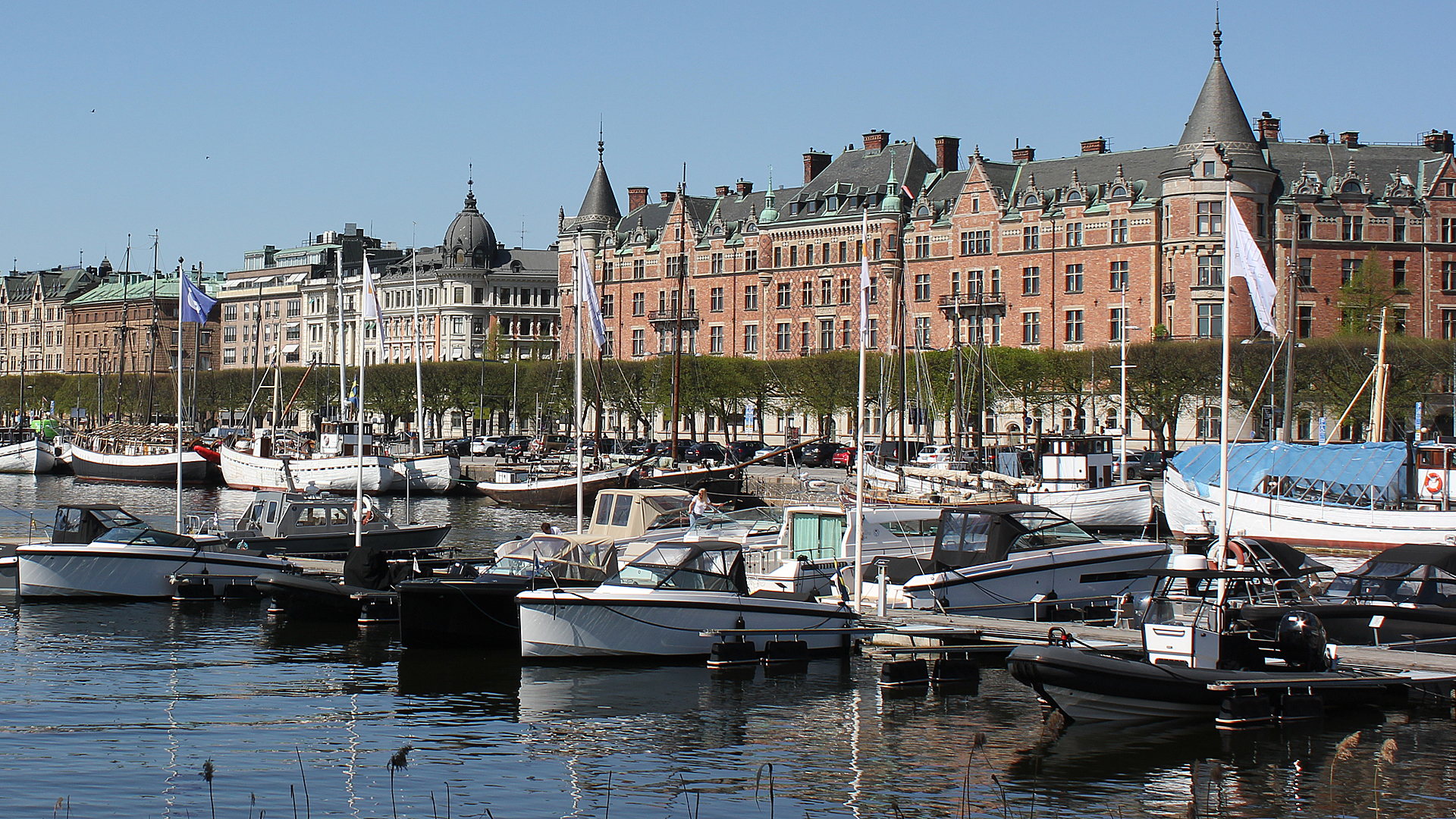
Stockholm City Hall
The Stockholm City Hall is the building of the Municipal Council for the City of Stockholm in Sweden. It stands on the eastern tip of Kungsholmen island, next to Riddarfjarden's northern shore and facing the islands of Riddarholmen and Sodermalm.
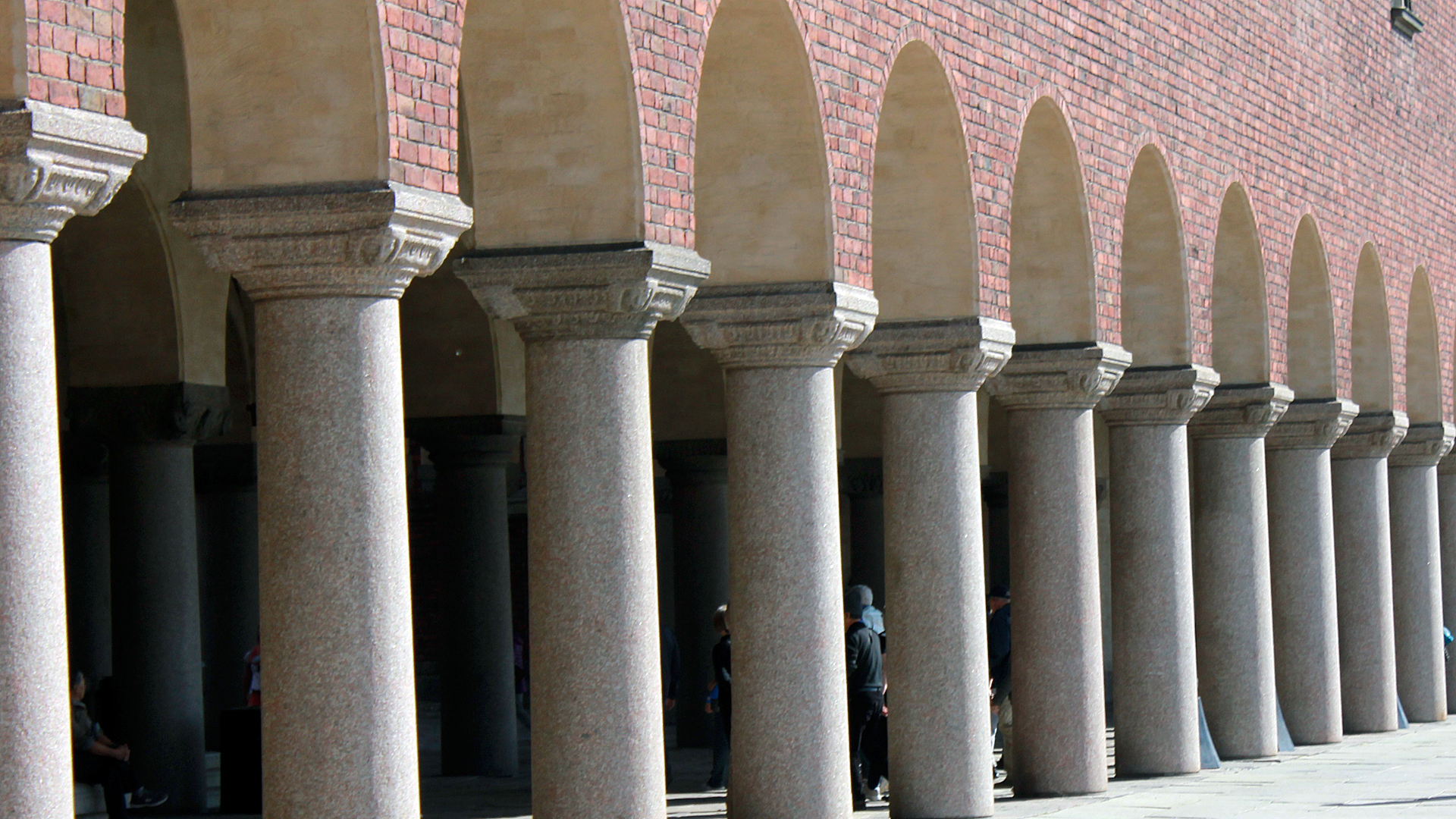
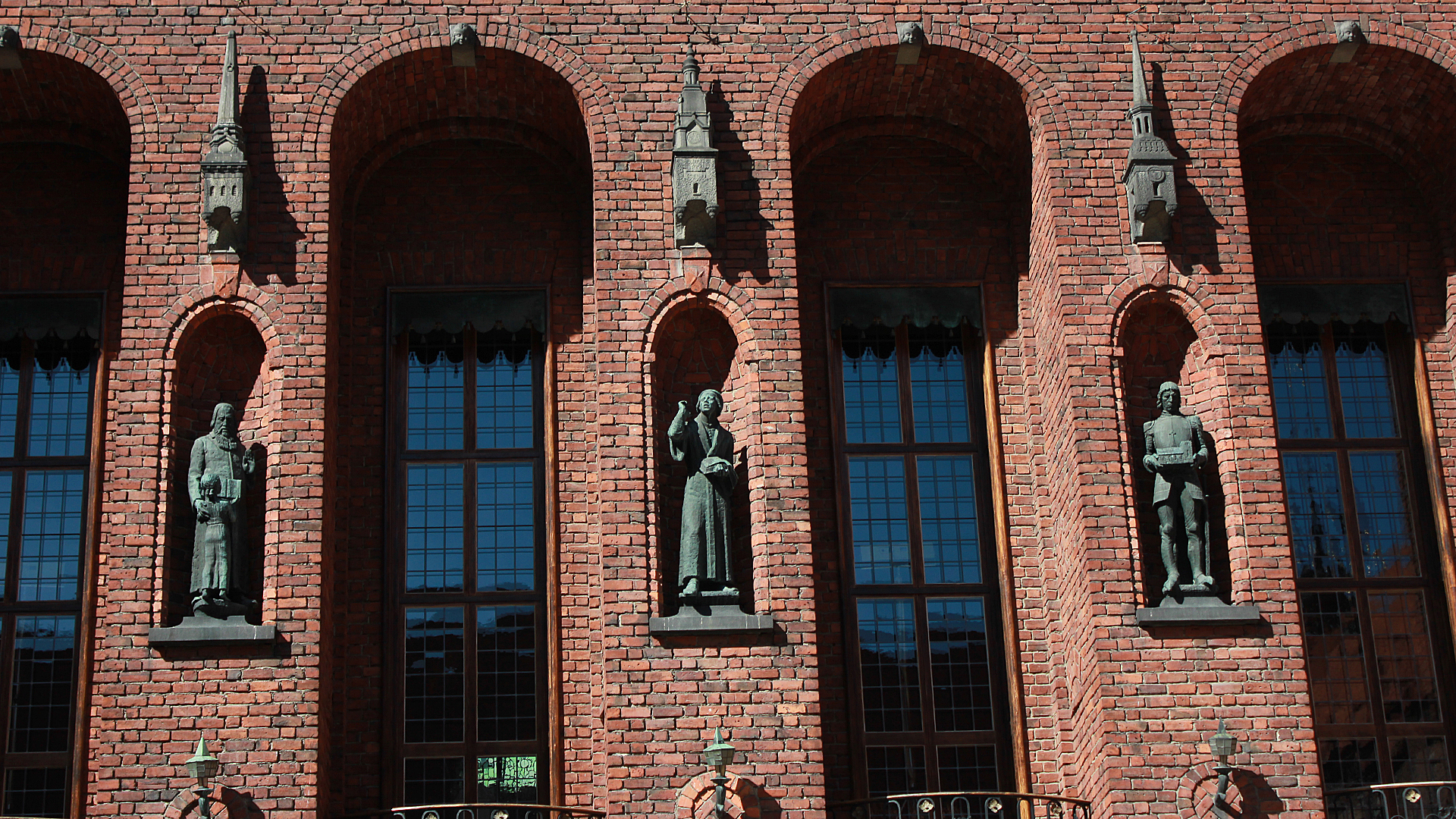
Other Pictures from Around Stockholm, Sweden
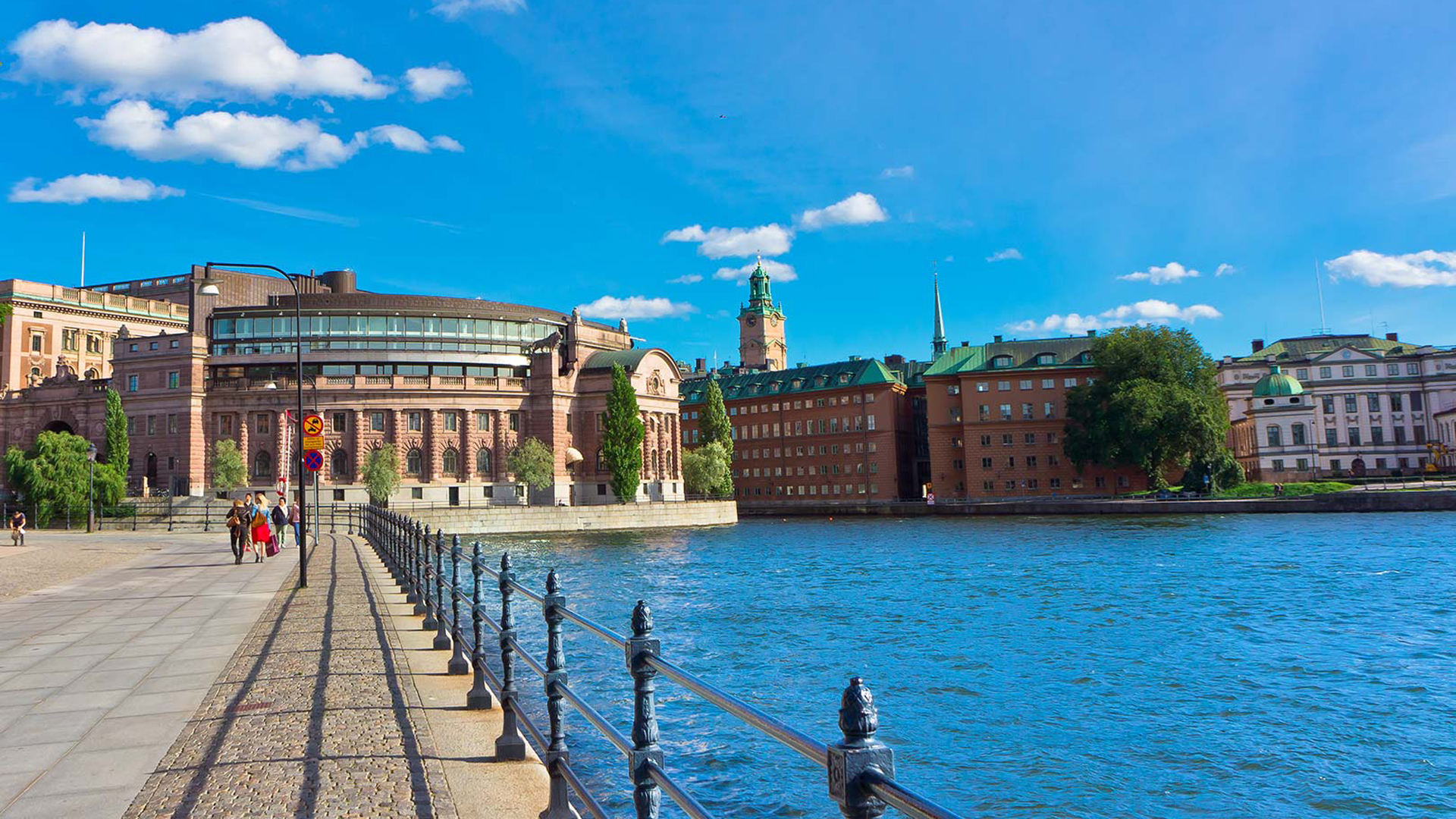
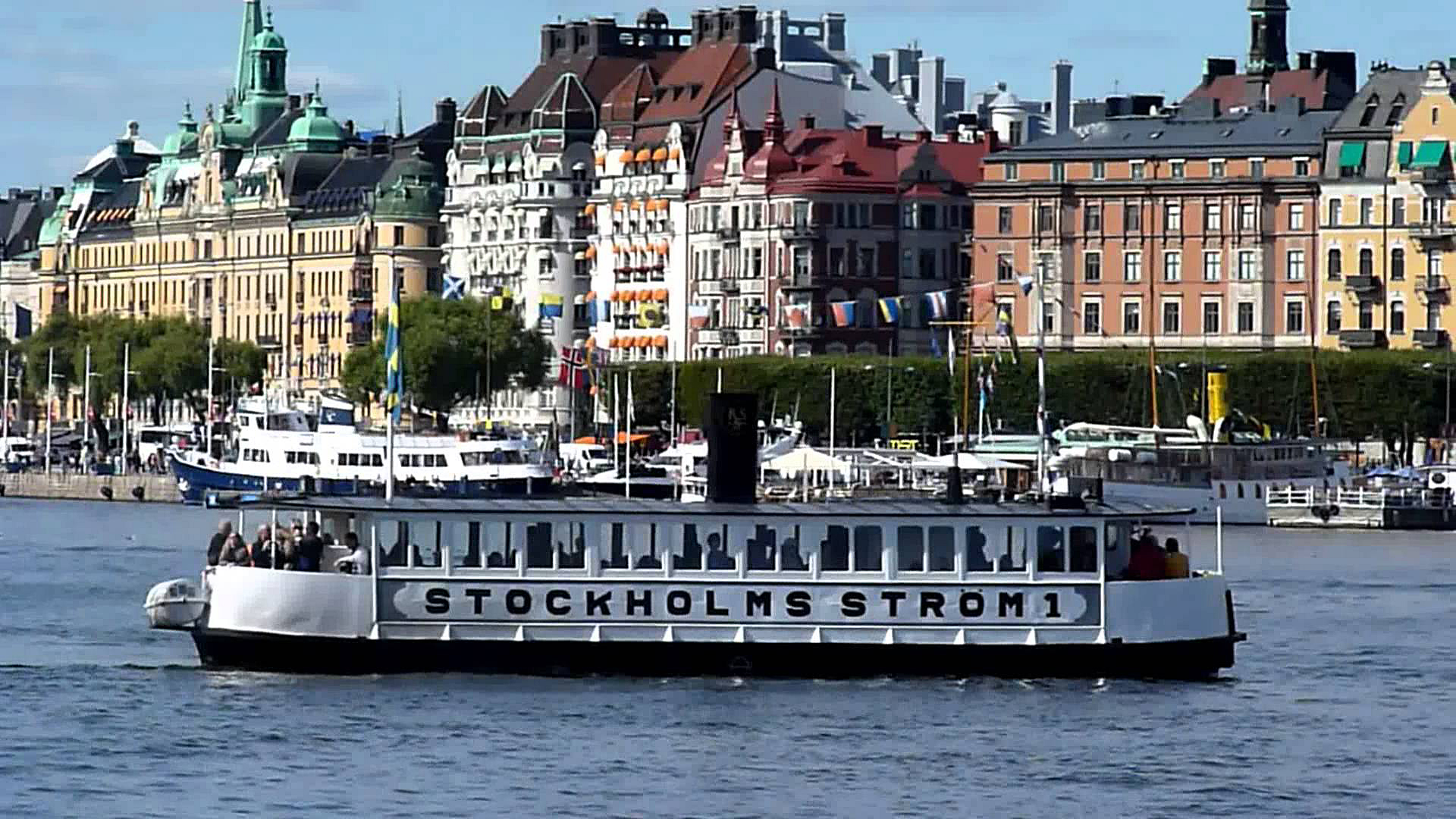

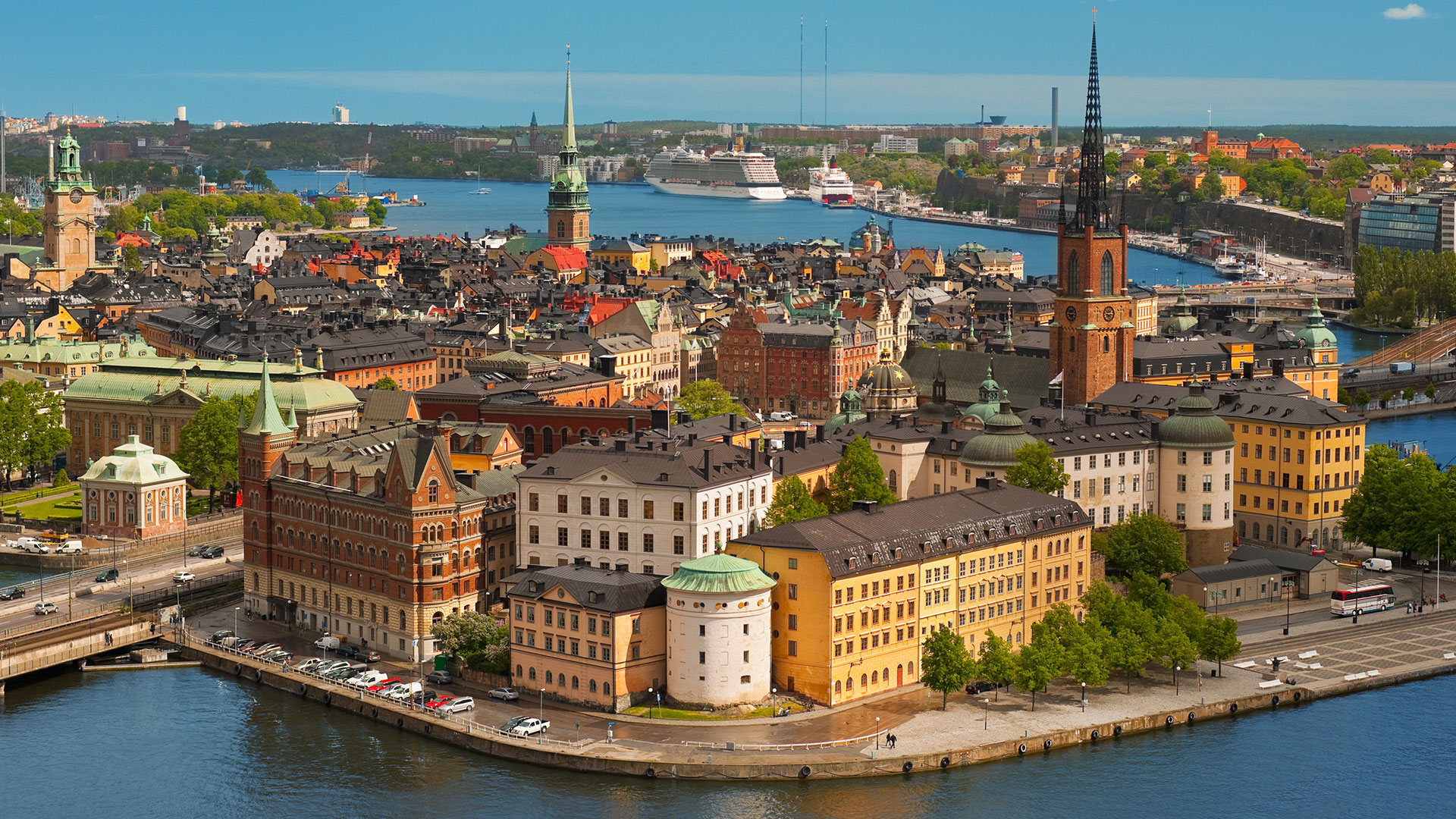
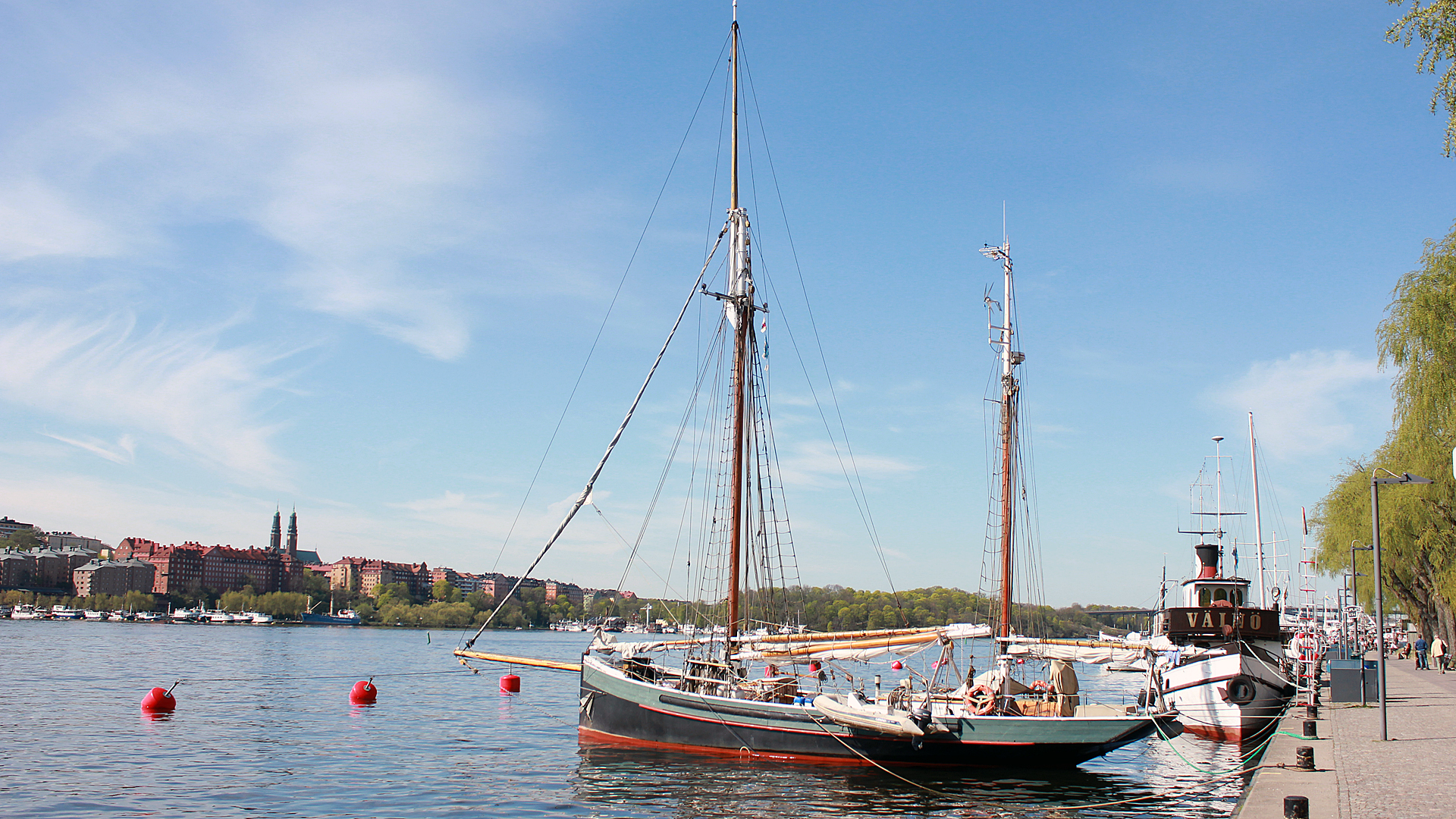
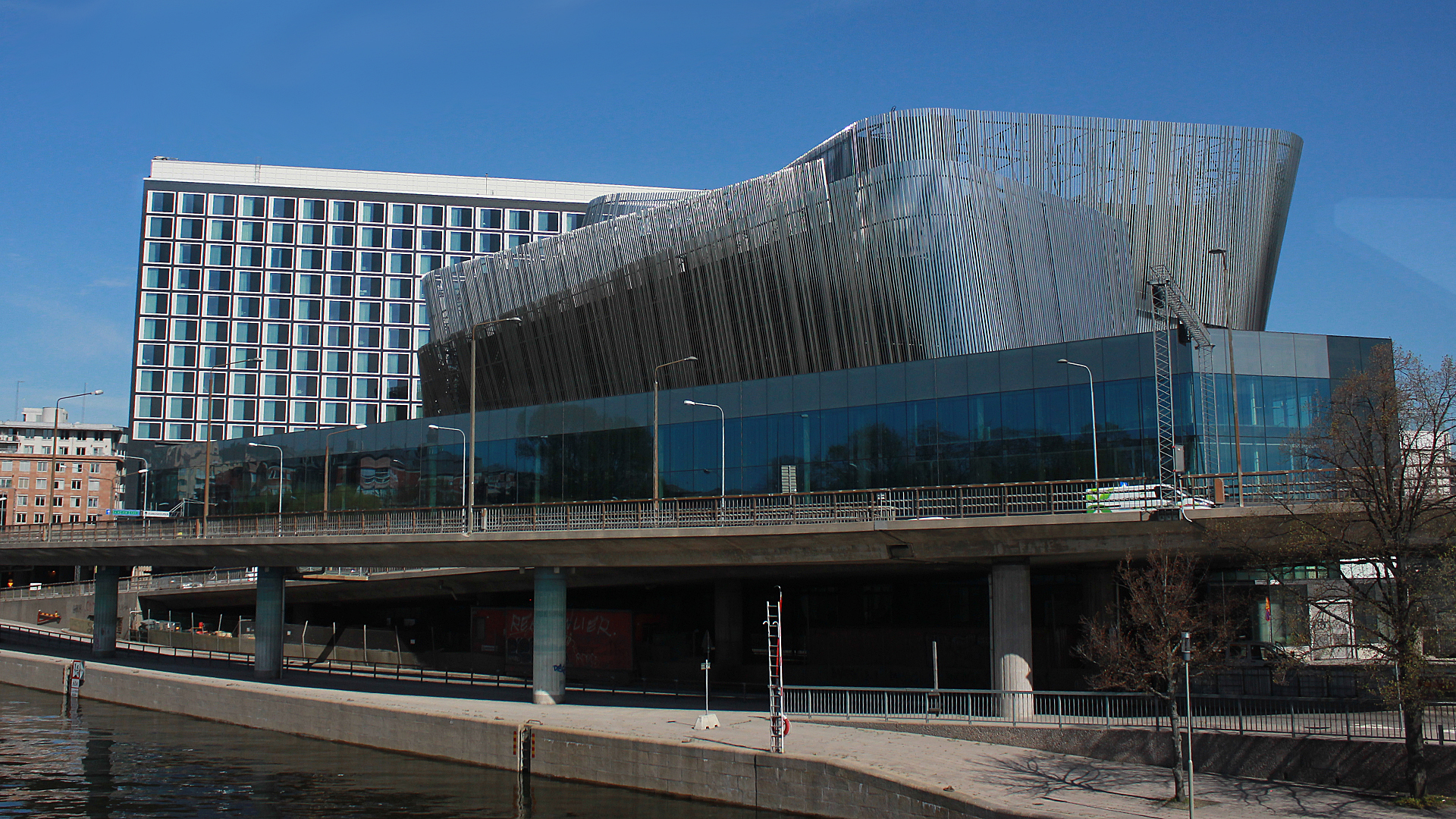
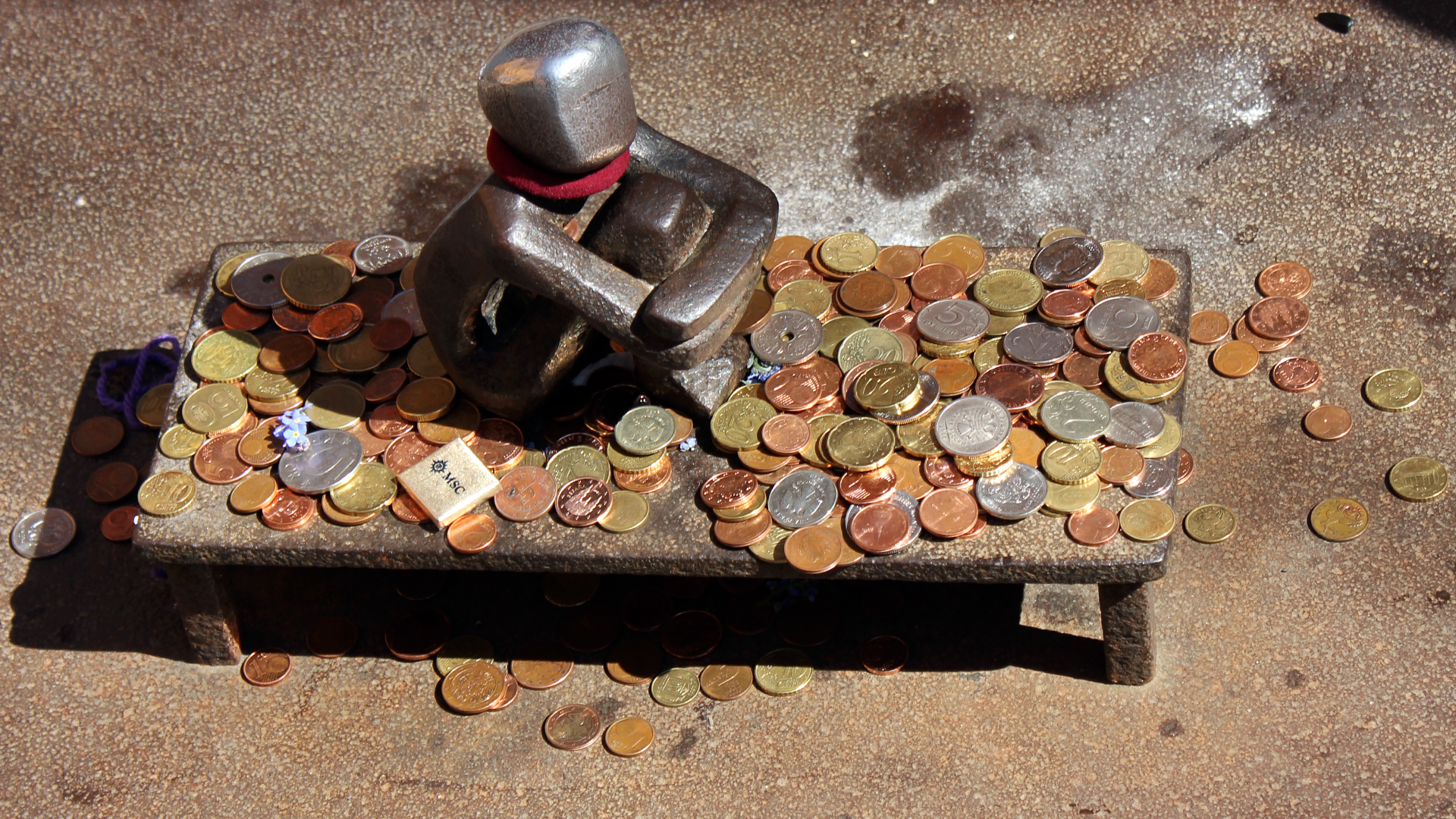
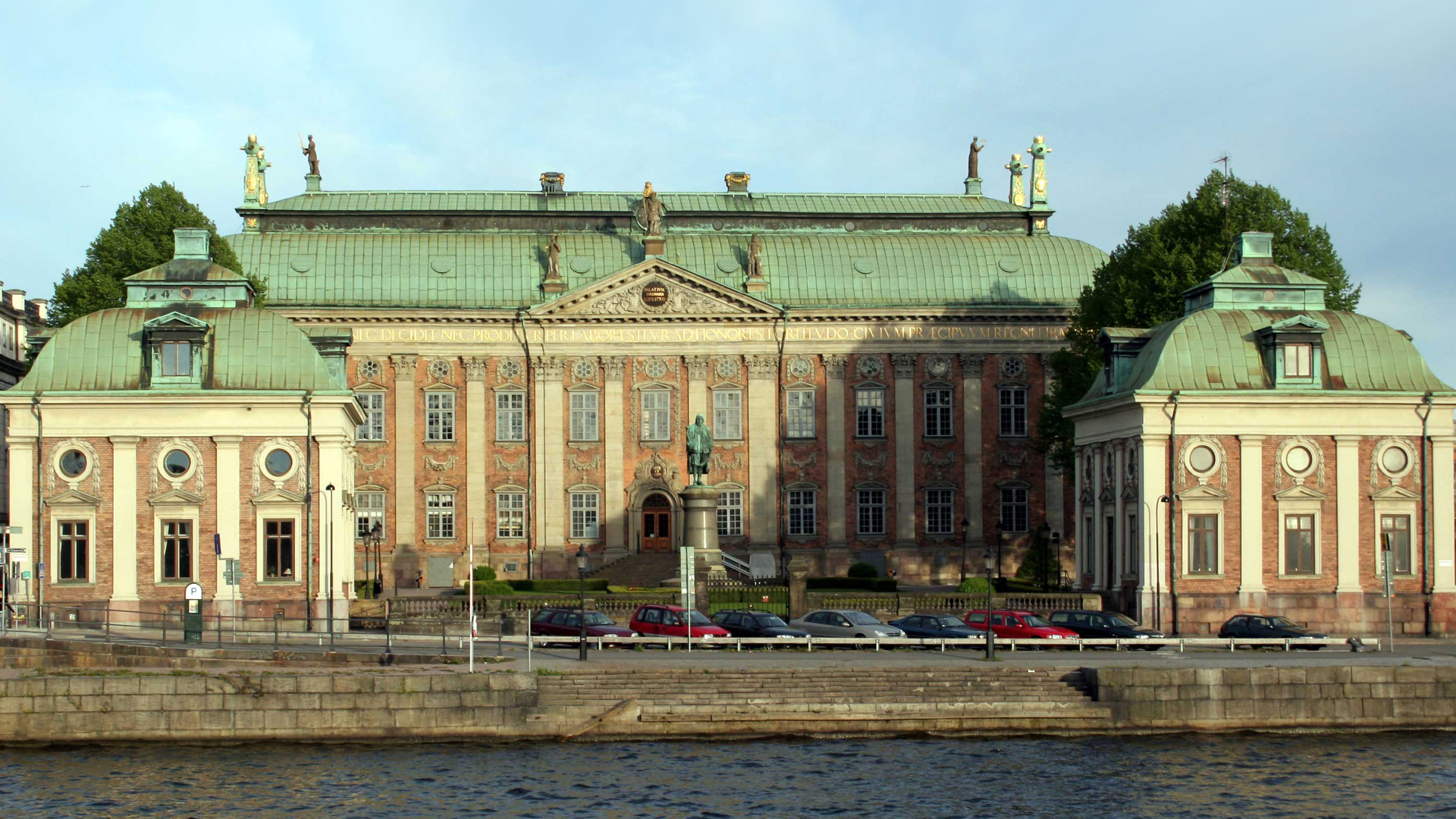


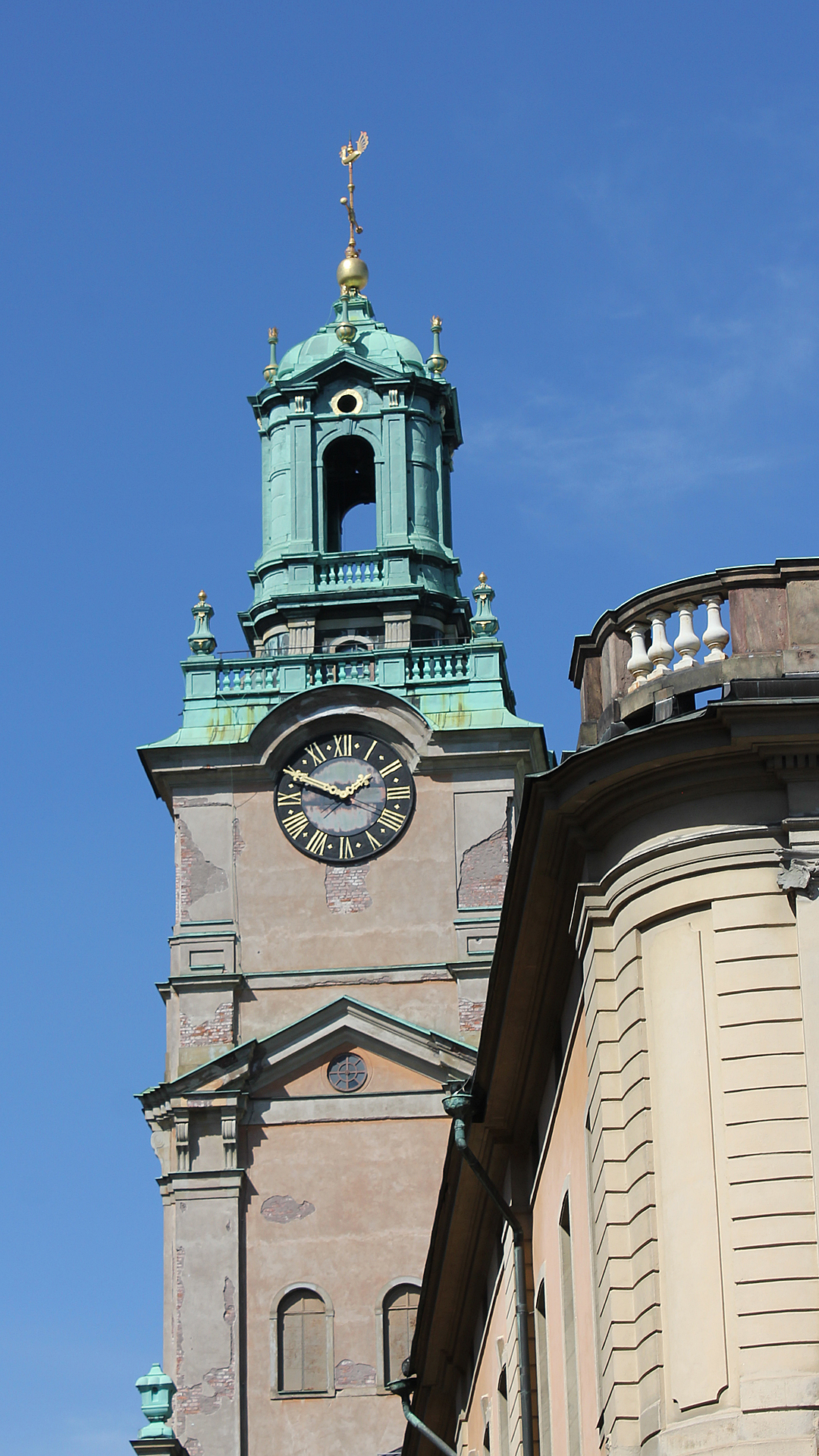
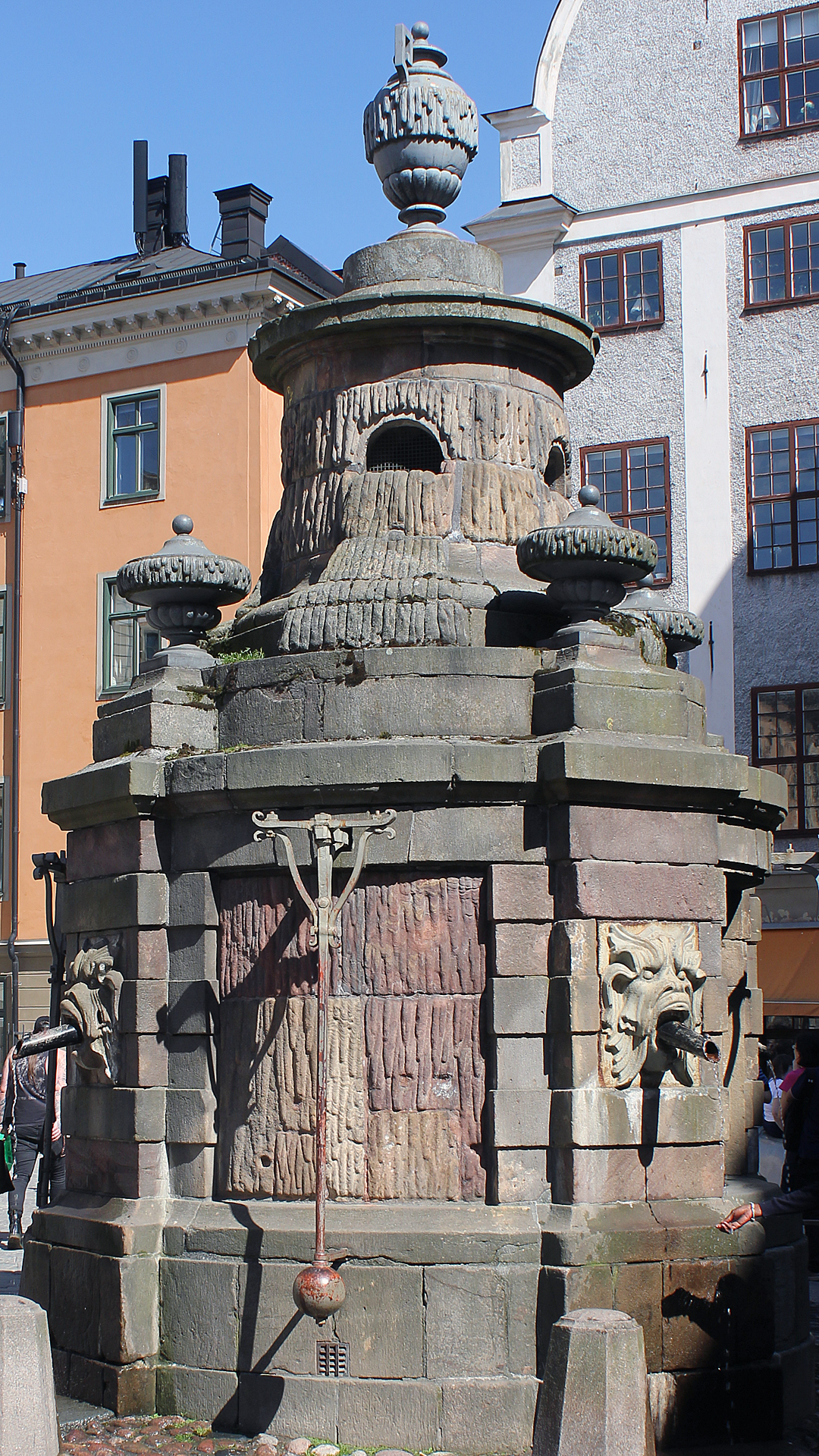

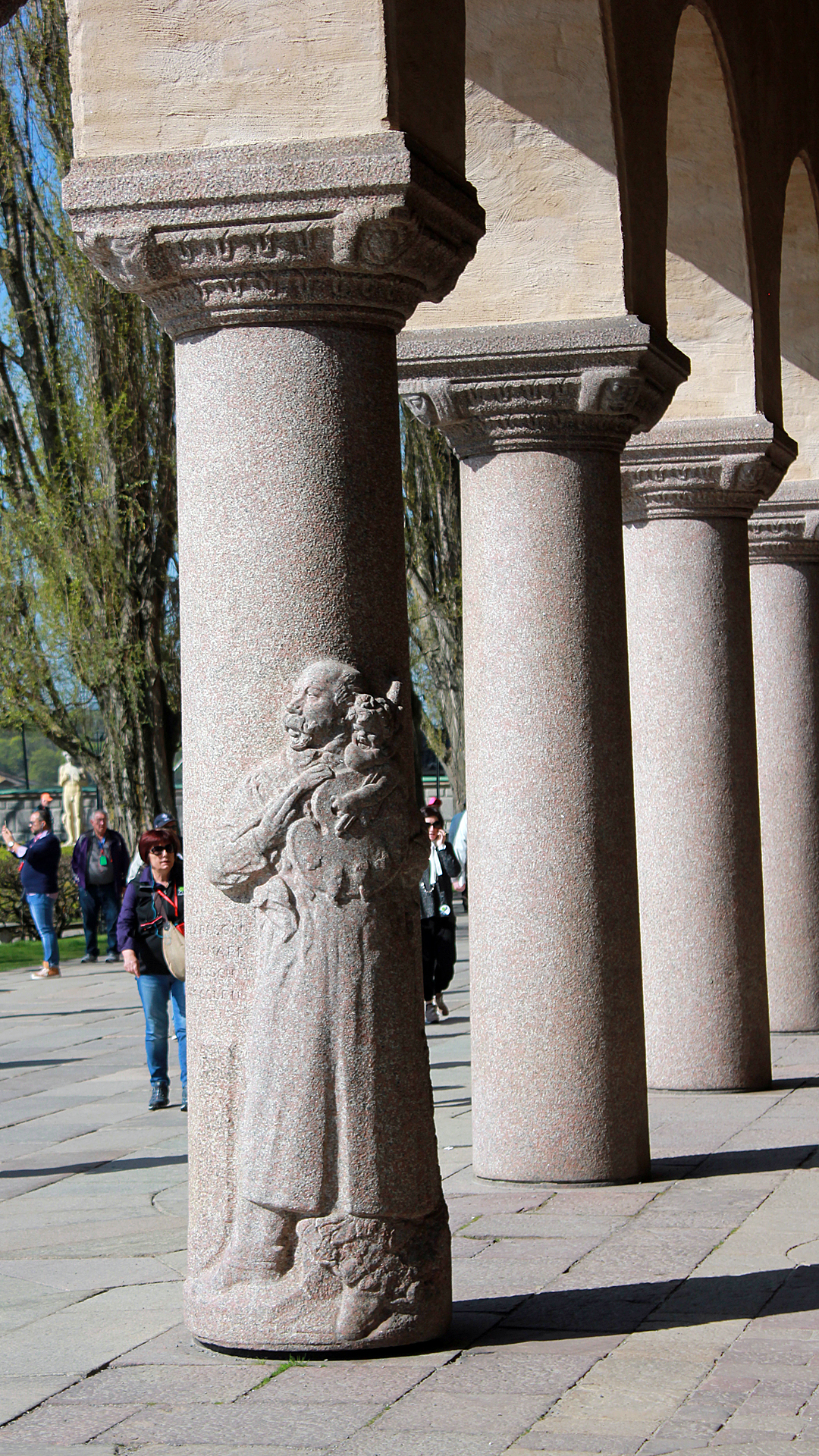
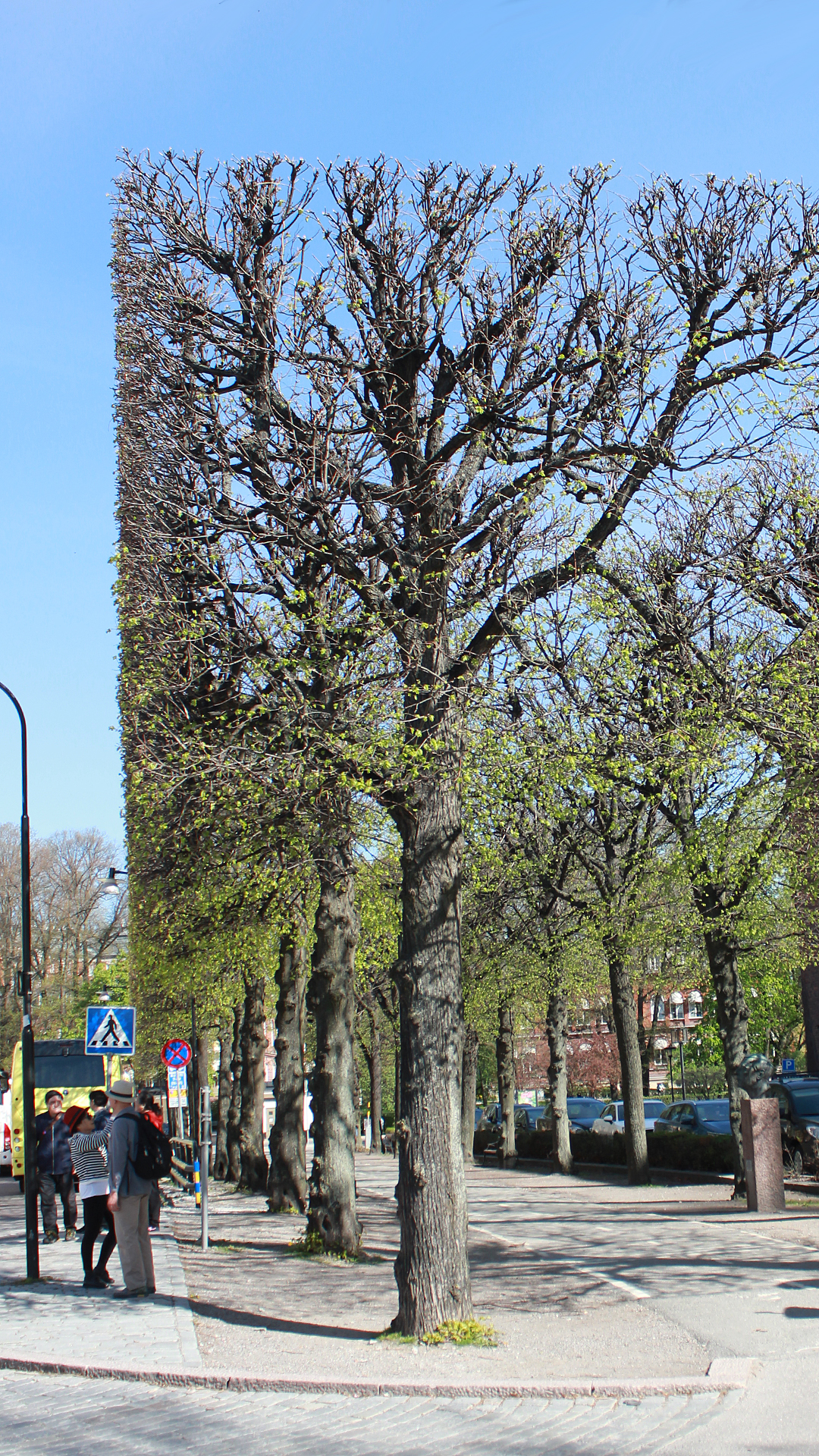

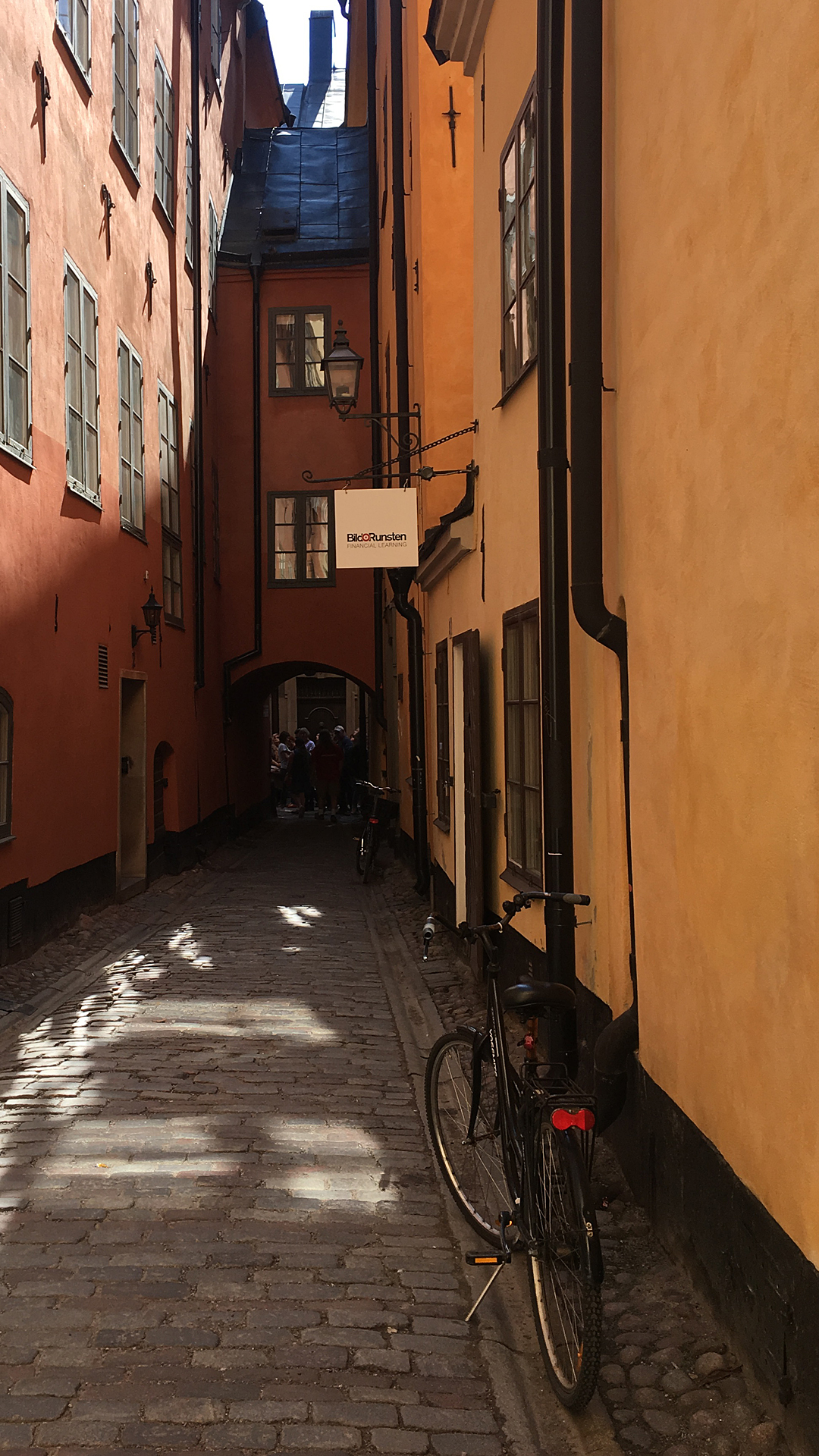
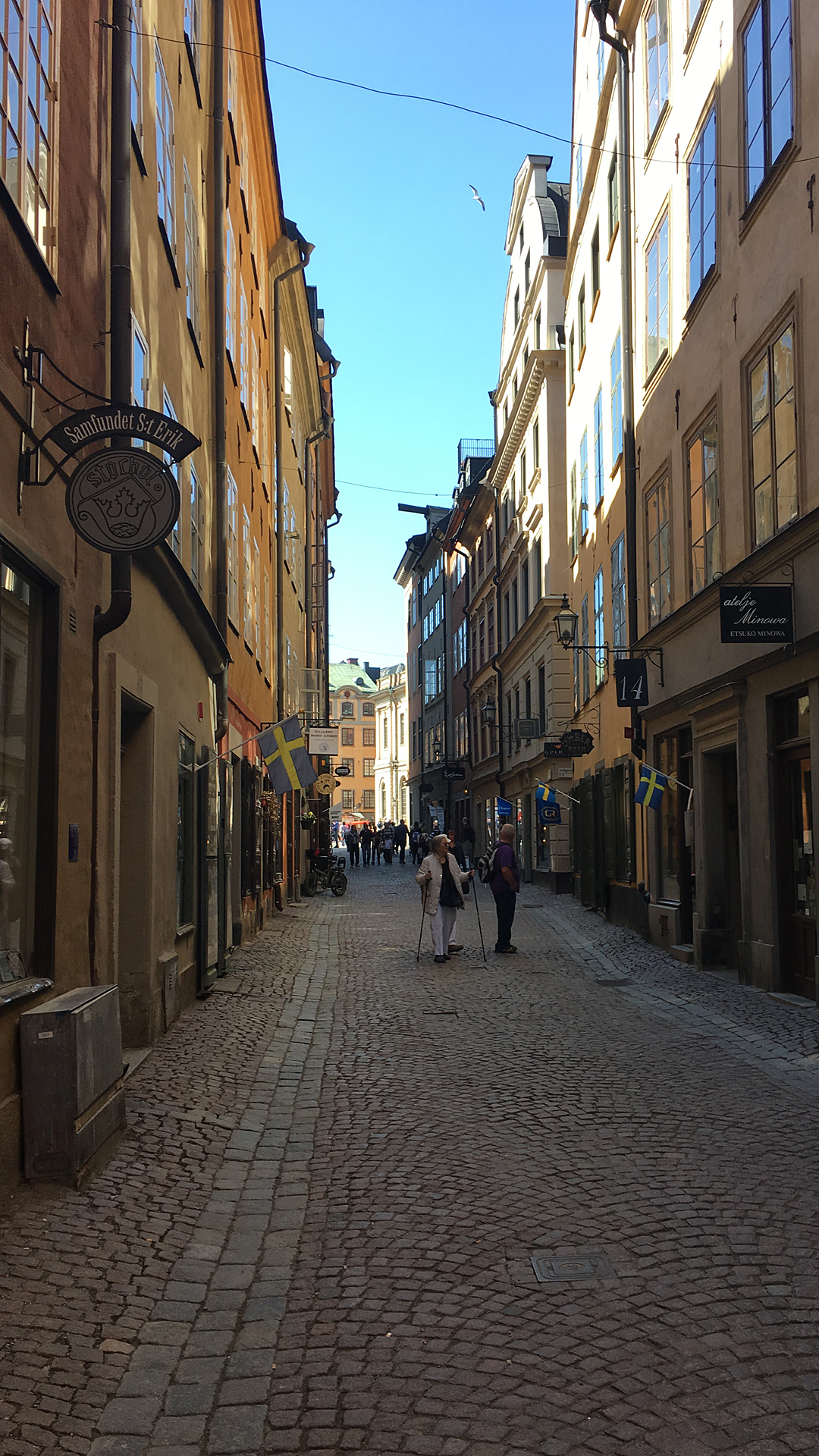
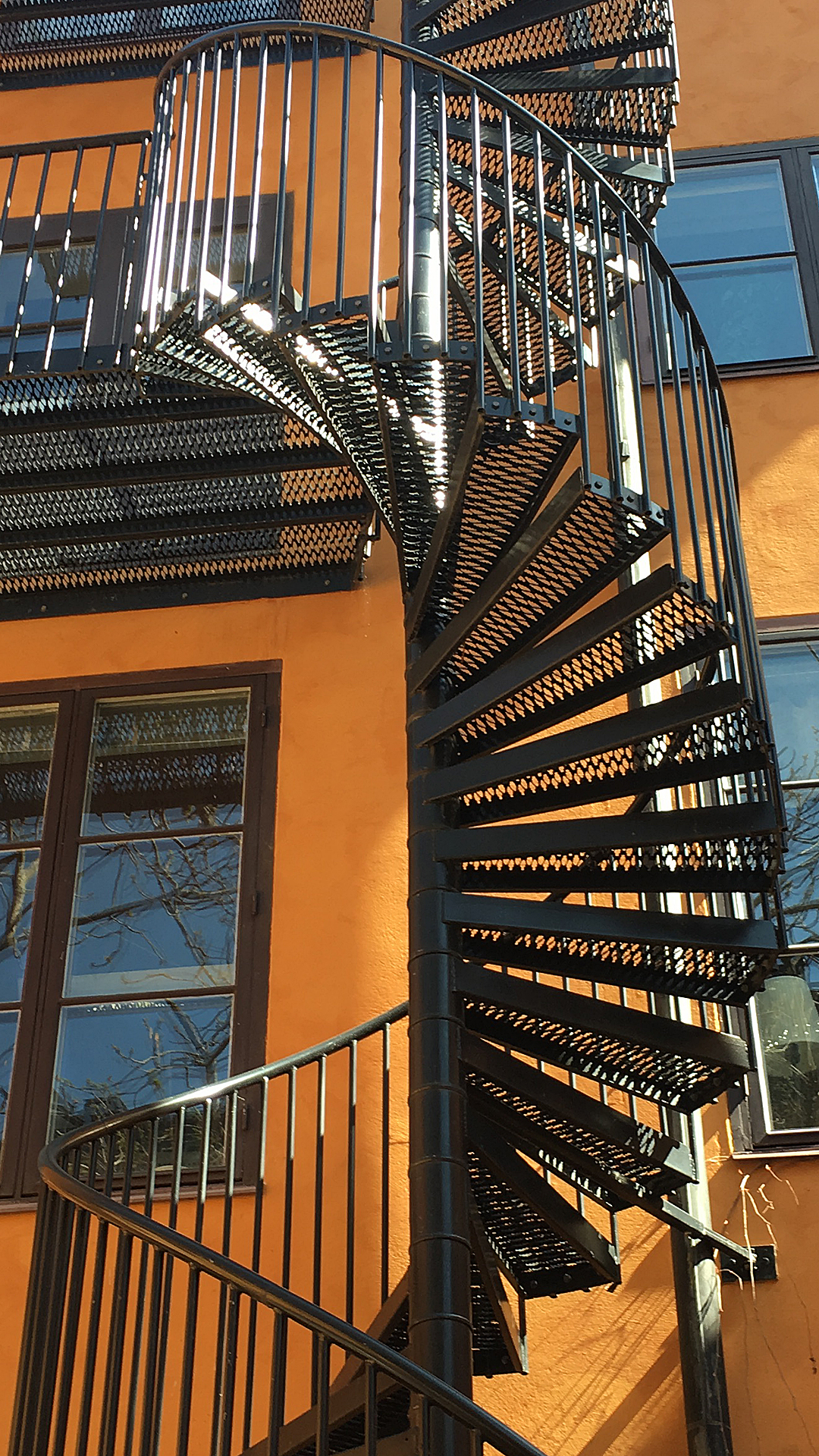
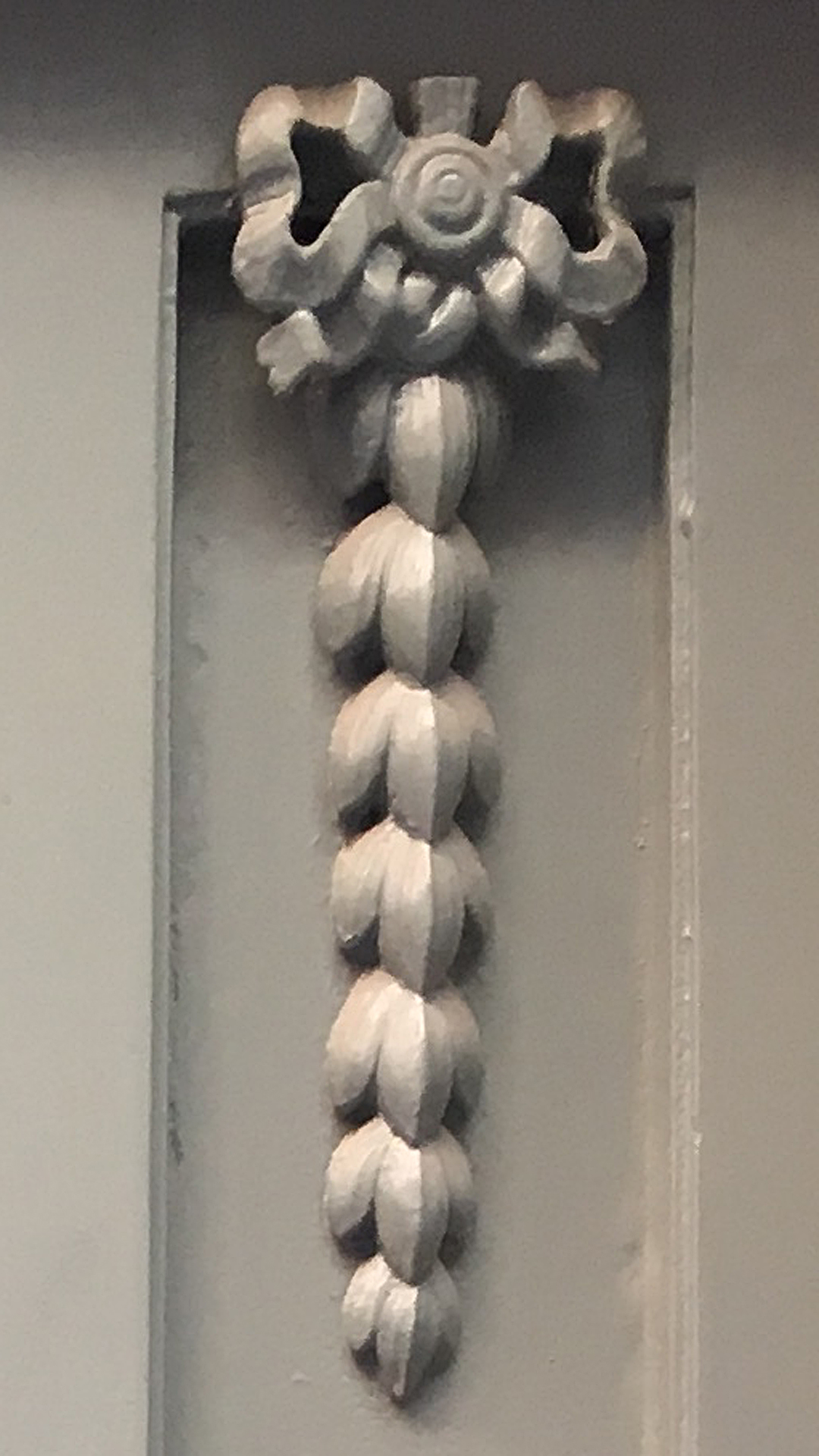
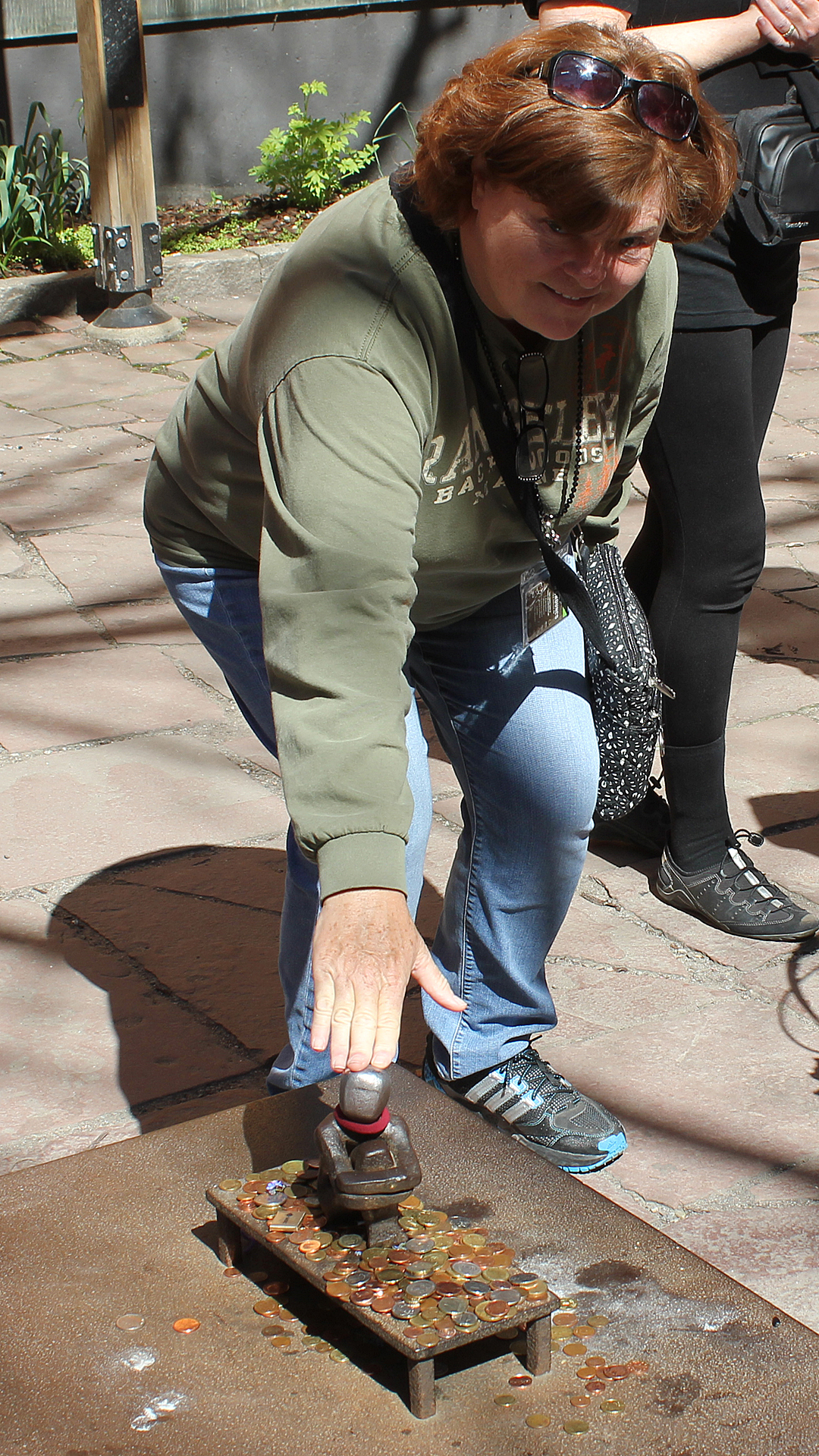
Climate
Stockholm, with a February mean temperature of 28.9 degrees F, has a humid continental climate. Due to the city's high northerly latitude, daylight varies widely from more than 18 hours around mid-summer, to only around 6 hours in late December. Stockholm has relatively mild weather compared to other locations at similar latitude. With an average of just over 1800 hours of sunshine per year, it is also one of the sunniest cities in Northern Europe, receiving more sunshine than Paris, London and a few other major European cities of a more southerly latitude. Stockholm has the warmest summers in the Nordic countries.
Summers average daytime high temperatures range from 68 to 77 degrees F with lows around 55 degrees F, but temperatures can reach 86 degrees F. Daytime temperatures between 77 and 86 degrees F are relatively common in July and August. Night temperatures above 68 degrees F are rare.
Winters generally bring cloudy weather with the most precipitation falling in December and January (as rain or as snow). The average winter temperatures range from 27 to 30 degrees F, and occasionally drop below -4 degrees F. Spring and autumn are generally cool to mild.
The highest temperature ever recorded in Stockholm was 97 degrees F on July 3, 1811; the lowest was -26 degrees F on January 20, 1814. The temperature has not dropped to below -13.2 degrees F since January 10, 1987.
Annual precipitation is 21.2 inches. Snowfall occurs mainly from December through March. In Stockholm, the aurora borealis can occasionally be observed.















